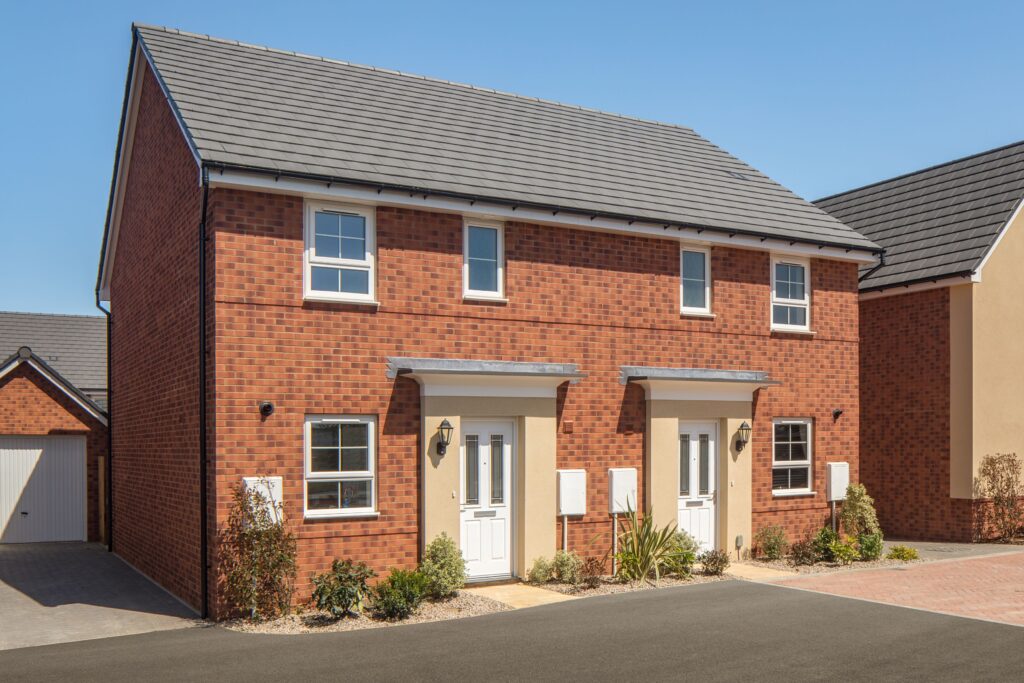Rules being considered in North Yorkshire and Brighton to stem the flow of second homeownership

A proposal to introduce a council tax premium on second homes is being considered in North Yorkshire and Brighton. The North Yorkshire County Council agreed to investigate whether it could levy a 100% council tax rise on second homes, which they believe could generate an extra £14 million for its services and aid the lack of affordable housing affecting local communities. Villages in North Yorkshire have seen a post-pandemic surge in second homeownership, with the county council stating interventions are needed more than ever to provide affordable homes for local residents. Similarly, councillors in Brighton have ordered plans to be designed that would ban any new-build properties from becoming second homes or holiday lets in certain hotspots of the city.
In popular local communities there are concerns that second homeownership is causing inflated property prices and making them unaffordable, therefore forcing established residents out of the area. Several communities are now taking steps to combat this, the Yorkshire seaside town of Whitby, for example, recently voted to limit the sale of second homes. In the vote, 93% of the town’s residents voted to restrict the sale of new-build and additional housing to full-time residents. It is estimated that 28% of properties in Whitby are second homes, with the demand raising average house prices in the town by 17% last year – the second highest house price increase of any costal resort.
Whitby became the latest tourism hotspot to limit sales of new builds to full-time residents, joining Fowey, St Ives and Mevagissey who previously voted on the restriction. Communities hope that by restricting the sale of second homes, properties will become more affordable for local residents and help to grow local small businesses within the area. In the county of Cornwall, 80% of properties in some villages are second homes, causing campaigners to hold monthly marches in a bid to stem the flow.
A BBC analysis of council figures revealed that the number of holiday lets in England has risen by 40% over the past three years. The rise, caused predominantly by the surge of second homeownership during the pandemic, saw tourist areas including North Devon, the Cotswolds, Norfolk and Scarborough registering sharp increases. The overall number of holiday lets, taken from data provided by 152 councils, stood at 27,424 last year – compared to just 19,543 in 2018.
The Department for Levelling Up, Housing and Communities produced a fact sheet where it estimated that 495,000 properties in the UK were second homes. The government stated that whilst it ‘recognises the benefits that second homes and short-term holiday lettings can bring to local economies’, they also see the ‘adverse effect that large numbers of second homes can have on some areas’. The government introduced a 3% higher rate of Stamp Duty Land Tax (SDLT) for those purchasing additional properties in a move to limit the number, but it remains to be seen whether more communities will take matters into their own hands to restrict the sale of second homes.
David Hannah, Group Chairman at Cornerstone Tax discusses second homes in the UK:
“I think if local communities limit the sale of second homes, it has the potential to create an even more fractured market in these locations. By doing this, it will decrease the supply, however I believe the demand will remain high – causing the value of homes to increase even more.
“I do think there are other potential solutions rather than simply limiting the market in this way. Perhaps a better idea might be to allow local communities a window of time when a home is initially listed, before it becomes available to any potential buyer.”




